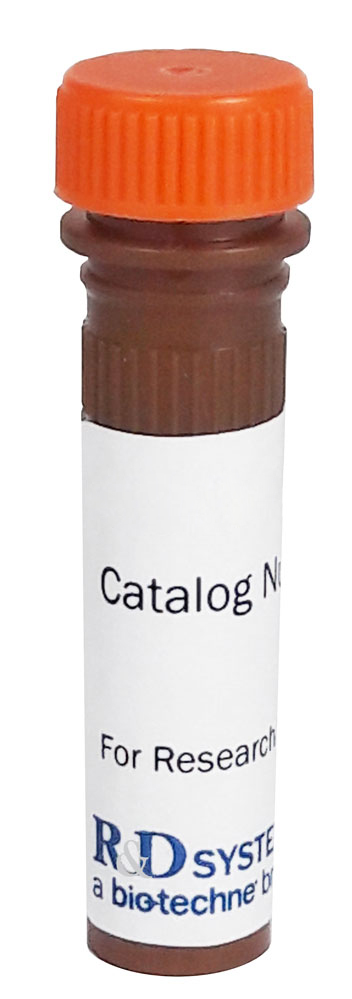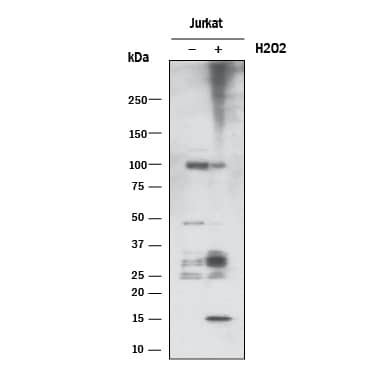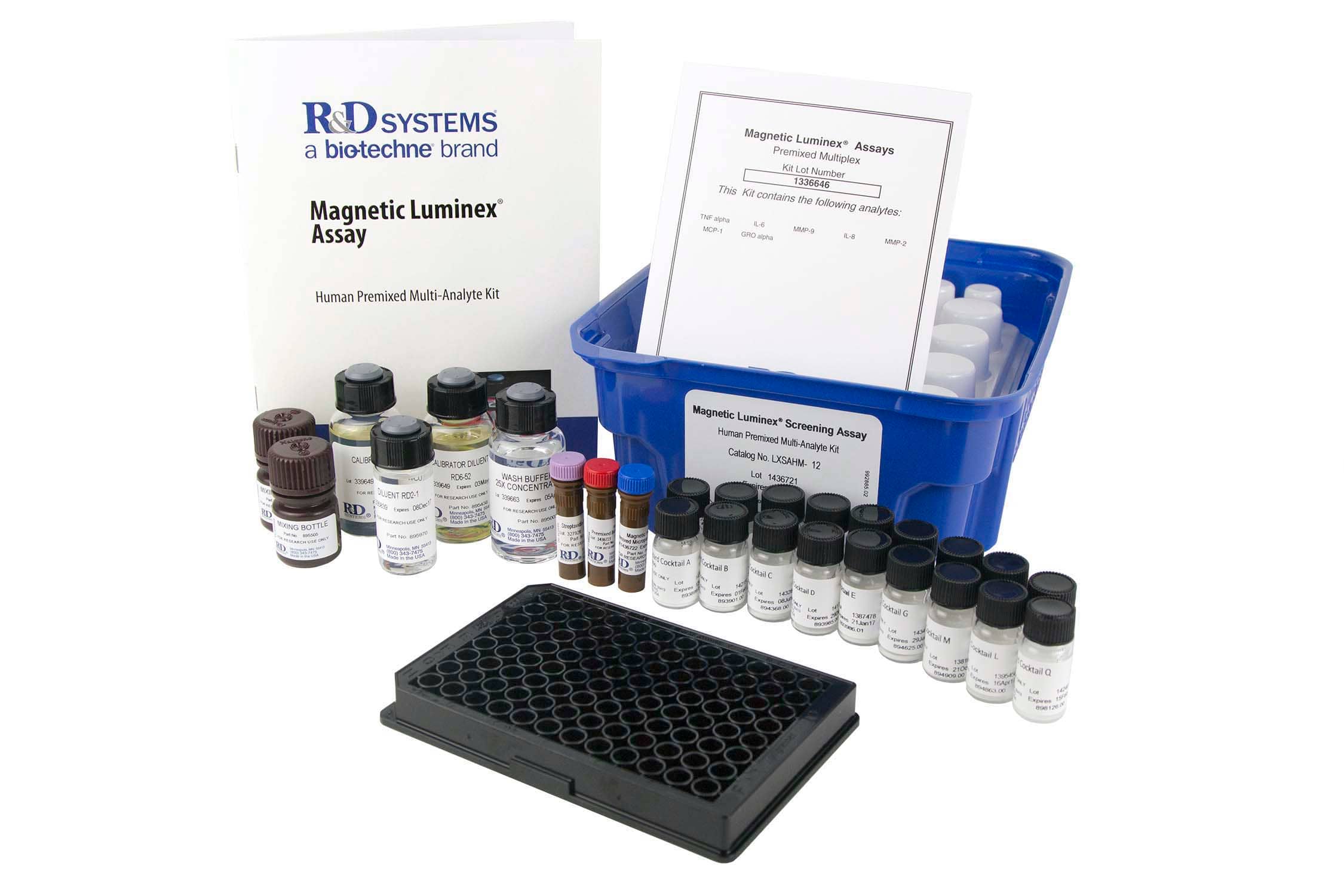Flow Cytometry Cell Viability OverviewFlow cytometry is a quick and reliable method to quantify viable cells. Determining cell viability is an important step when evaluating a cells response to drug treatments or other environmental factors. It is also often necessary to distinguish dead cells in a cell suspension in order to exclude them from analysis. Dead cells can generate artifacts as a result of non-specific antibody staining or through uptake of fluorescent probes. One method to test cell viability is using dye exclusion. Live cells have membranes that are still intact and exclude a variety of dyes that easily penetrate the damaged, permeable membranes of non-viable cells. |
 |
Propidium iodide (PI) is a membrane impermeant dye that is generally excluded from viable cells. It binds to double stranded DNA by intercalating between base pairs. PI is excited at 488 nm and, with a relatively large Stokes shift, emits at a maximum wavelength of 617 nm. Because of these spectral characteristics, PI can be used in combination with other fluorochromes excited at 488 nm such as fluorescein isothiocyanate (FITC) and phycoerythrin (PE).
Propidium Iodide Staining Overview
Propidium iodide (PI) staining is a viability dye flow cytometry method used to assess cell viability. PI staining can provide information about the cell cycle and DNA content of the population. This information is valuable in translational research, particularly in the field of oncology, where PI staining can be used to assess the efficacy of anticancer drugs.
Flow cytometric analysis of PI-stained cells provides a quantitative measure of the proportion of live and dead cells in a population. This information is useful in understanding cellular response to different treatments and conditions.
Cell Viability Staining Protocol Using Propidium Iodide
The following protocol has been developed and optimized by R&D Systems Flow Cytometry Laboratory for cell viability staining using propidium iodide.
Please read the following cell viability protocol in its entirety before beginning.
Note: Propidium iodide is a suspected carcinogen and should be handled with care. The dye must be disposed of safely and in accordance with applicable local regulations.
Reagents Required
- PBS (1X): 0.137 M NaCl, 0.05 M NaH2PO4, pH 7.4 or Hank’s Balanced Salt Solution (HBSS; 1X)
- Flow Cytometry Staining Buffer (Catalog # FC001) or an equivalent solution containing BSA and sodium azide
- PI Staining Solution: 10 μg/mL PI in PBS (store at 4 °C in the dark)
Materials Required
- FACS™ Tubes (5 mL round-bottom polystyrene tubes)
- Pipette Tips and Pipettes
- Centrifuge
- Vortex
Procedure
- Harvest cells and aliquot up to 1 x 106 cells/100 μL into FACS tubes. Wash the cells by adding 2 mL PBS (or HBSS), centrifuging at 300 x g for 5 minutes and then decanting the buffer from pelleted cells. Repeat wash step for a total of 2 times.
- Note: Staining of cell surface antigens with antibodies may be done at this point. PI cannot be used when labeling intracellular molecules.
- Resuspend cells in 100 μL of Flow Cytometry Staining Buffer (Catalog # FC001).
- To adjust flow cytometer settings for PI, add 5 - 10 μL of PI staining solution to a control tube of otherwise unstained cells. Mix gently and incubate for 1 minute in the dark.
- Determine PI fluorescence (using the FL-2 or FL-3 channel) with a FACScan™ instrument.
- Note: Use the FL-2 channel if staining only with PI. Collect PI fluorescence in the FL-3 channel if the cells have been stained with an FITC- or a PE-conjugated antibody.
- Acquire data for unstained cells and single-color positive controls.
- Add 5 - 10 µL of PI staining solution to each sample just prior to analysis. Set the stop count on the viable cells from a dot-plot of forward scatter versus PI.
- Note: Do not wash cells after the addition of the PI staining solution.
FACS and FACScan are trademarks of Becton Dickinson and Company.
Protocol Category
Flow Cytometry Staining Protocols
Protocols & Troubleshooting Guides



































